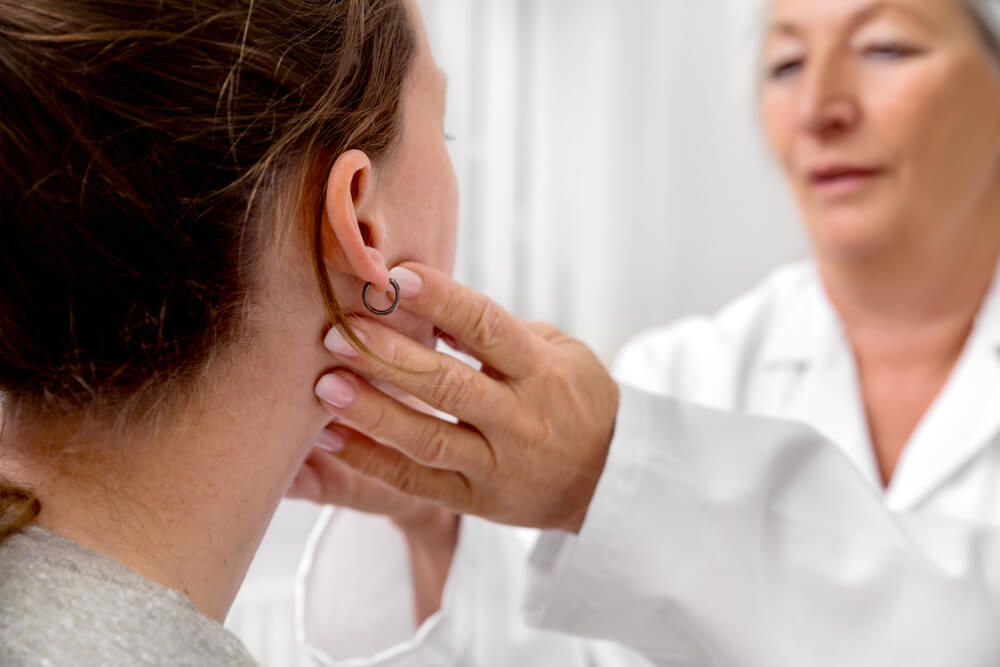Armpit lymph nodes can be removed surgically using axillary lymph node dissection (ALND). The armpit lymph nodes are referred to as axillary lymph nodes (axilla means armpit). Axillary node dissection, axillary lymphadenectomy, and axillary dissection are all names for an ALND.
The lymph nodes are a crucial component of the lymphatic system. The lymphatic system consists of lymphatic veins, lymph nodes, lymph fluid, bone marrow, and lymphatic organs, all working together to combat infections.
Lymph vessels resemble blood vessels in that they are thin, tubular structures. They are responsible for draining lymph fluid from tissues and channeling it into lymph nodes. In that sense, lymph fluid can also transport cancer cells from the primary tumor site to the lymph nodes.
Experts from Breast Care Center Miami will further explain the axillary lymph node dissection surgery and issues that may warrant it.
Axillary Lymph Nodes Levels and Cancer Spread
There are three different axillary lymph nodes levels, namely:
- Level I, or low axilla, referring to the lower armpit area
- Level II, or mid axilla, referring to the middle armpit area
- Level III, or high axilla, referring to the upper armpit area close to the breastbone (sternum)
These axillary lymph node levels present the locations where cancer cells travel to, with level I lymph nodes being the first area of cancer spreading, level II the second, and level III the third.
Axillary lymph nodes are lymphatic drainage sites for the breast, upper-body skin, and surrounding tissues. This is because the lymph fluid can transport cancer cells from these locations to the axillary lymph nodes. When cancer first begins to spread to the axillary lymph nodes, it is often too early to detect by touch. Cancer patients in later stages may notice a lump in their armpit due to enlargement of the axillary lymph nodes.
Breast cancer is the most prevalent malignancy metastasizing to the axillary lymph nodes. Melanoma and non-melanoma skin tumors are two other types of cancer that can extend to the axillary lymph nodes. Axillary lymph nodes can also be the origin of certain cancers.

Axillary Lymph Node Dissection Surgery
The goals of an axillary lymph node dissection are to:
- Examine the lymph nodes under the arm to see if cancer has spread there and how far it has progressed
- Remove cancerous lymph nodes
- Eliminate lymph nodes if there is a strong likelihood of cancer spreading to them
- Lessen the prospect of recurrence
- Aid in treatment planning
- Eliminate any remaining malignancy after chemotherapy and radiation
As with other surgical procedures, axillary lymph node dissection is performed in a hospital surgery room while the patient is under general anesthesia. ALND can be performed simultaneously with primary cancer surgery.
Under the arm, the doctor will create an incision to access the level I and level II lymph nodes, from which they will remove 10-40 lymph nodes. Removing level III lymph nodes is not standard practice because it does not improve the outcome but raises the risk of side effects. Level III lymph nodes are not routinely removed unless a lump is seen in the armpit caused by lymph node cancer or imaging tests reveal enlarged nodes.
Two to three days following the axillary lymph node dissection surgery, patients typically can go home to recover. It’s possible that you will be given the following:
- Medications for reducing pain and fighting infections
- Advice on how much and what kind of activity is appropriate following surgery
- Instructions on how to care for the wound and manage the drainage tube and bag
- Recommendations on how to effectively posture your arm and clothing suggestions
- Instructions on what side effects and symptoms to mention and when to follow up with the surgeon
Side Effects of Axillary Lymph Node Dissection
Consequences may manifest during, right after, or even days or weeks following an ALND. After an ALND, some patients experience delayed side effects months or even years later. While many unwanted effects fade away all on their own or respond to treatment, some may persist for a while or even turn permanent.
Report any of the following symptoms, or those you suspect may be caused by an ALND, to your healthcare provider:
- Symptoms of infection such as discomfort, discoloration, pus, drainage, and high fever
- A seroma, an accumulation of fluid underneath the skin, formed in the armpit close to the wound
- Arm swelling and tightness
- Difficulty bending or extending the arm/shoulder
- Alterations in sensory experience, including but not limited to discomfort and numbness
- Constant painful sensation (potentially caused by nerve damage)
- Axillary web syndrome (AWS); discomfort, tightness in the arm, and difficulty moving the shoulder are all symptoms of axillary web syndrome, also known as lymphatic cording because it occurs when cords of scar tissue grow in the lymph veins from the armpit to the elbow
The medical staff may prescribe medicines or drain excess fluid to prevent or cure an infection.
Lymph fluid accumulation in the body’s soft tissues is a possible cause of swelling (called lymphedema). After the removal of lymph nodes, lymphedema can occur at any time, but it is more probable after an ALND. Lymphedema is more likely to occur following an ALND if more lymph nodes are removed and radiation therapy is administered after the procedure.
Mild lymphedema is one of the common side effects of axillary lymph node dissection, affecting about 20% of patients. Extreme cases of lymphedema affect just a tiny fraction of the population. The condition might warrant massage therapy, compression garments, and physical therapy.
The ALND Results
All the lymph nodes taken out are analyzed for signs of malignancy.
- The lymph node is negative when there are no cancer cells present.
- The lymph node is positive when cancer cells are present.
The pathologist’s report details the number of cancerous lymph nodes, the total number of lymph nodes removed, and the type of cancer. The report may also state whether the malignancy has grown through the outer layer of the lymph node.
When staging cancer, doctors consider the number of positive lymph nodes. The stage is used in conjunction with other factors, such as cancer’s grade and type, to determine a prognosis and potential treatment plan.
Your doctor will determine whether or not you need more testing, treatment, or follow-up care based on the findings.

To Conclude
If tumor cells are discovered in the axillary lymph nodes, an axillary dissection may be necessary for some patients. In this treatment, the axillary lymph nodes are removed via an incision made in the armpit. By doing this, you can learn more about your prognosis and the potential treatments you have at your disposal.
At Breast Care Center Miami, you can count on the best surgical services in Miami, Florida. Our surgical oncologists have extensive experience in the surgical management of both benign and malignant breast disease, and they provide their patients with the best standard of care and a compassionate, individualized level of support throughout their entire course of treatment.



